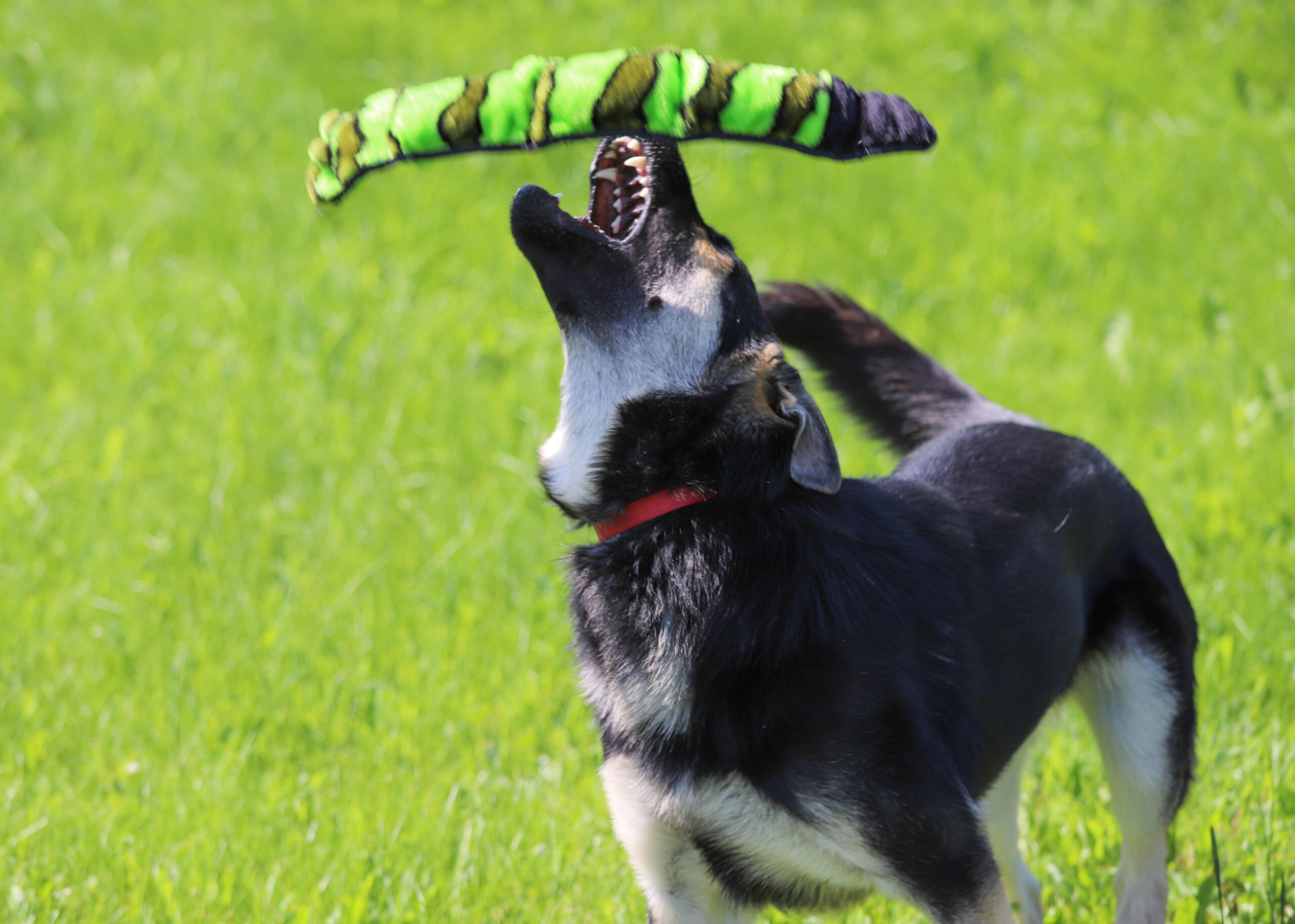Back to school enrichment for animals
by Ontario SPCA and Humane Society | General Pet Care | September 11, 2025

It’s time to head back to school and return to your family’s regular activities, which means your animal may be alone for longer periods during the day. This is a great opportunity for some enrichment time for your furry friend. It will help them adjust, as well as make your transition back to school smoother.
Let’s talk about enrichment
It’s important to remember that animal enrichment is an ongoing process, not a single object or event, and it is usually delivered on a routine schedule. If you haven’t had your pet’s enrichment scheduled before, don’t worry! It’s never too late to start.
Goals for enrichment:
- Improving quality of life
- Increasing the ability to successfully cope with daily stressors
- Encouraging natural behaviours, such as hunting, chasing, and climbing
Here are a few enrichment ideas and activities to help your animals adjust to your family being out of the home more.
Cat enrichment
- Food puzzles
-
- Puzzle feeders, toys or devices that contain food encourage your cats to engage in predatory behaviour. Manipulating the device provides stimulation and exercise.
- Fishing game
-
- Fill a shallow container with water and a few floating toys (such as ping pong balls). This can be done in a playroom or communal room where there is lots of space. This may be a good activity for when everyone is back from school/work and you can supervise the fun!
Dog enrichment
- Food dispensing toys
- These types of toys help dogs work for their food, and provide enrichment, especially when the dog is alone.
- For information on cereal box dispensers, click here. You can also watch this how-to video.
- Music
- The right music can calm your dog and provide them with enrichment. Make sure to select dog-friendly music, such as classical music, or music created specifically for dogs. Learn more here.
Small animal enrichment
- Nesting material
-
- Nesting material should be provided for your small animal to build a nest or resting place for themselves. This provides physical and mental stimulation.
-
- Examples of nesting material include cotton balls, pieces of fleece, shredded newspaper, toilet paper and hay.
- White noise
-
- White noise can have a calming effect and promote relaxation for small animals.
-
- White noise should be used for shorter periods of time (about 2 hours long) to prevent them from becoming habituated to it or “tuning it out.”
Separation anxiety and enrichment
Keep in mind, if your furry friend is used to having people at home, they may be susceptible to developing separation anxiety when normal routines resume. Animals that experience a great deal of change, such as a new environment or new schedule, can be at higher risk.
Some signs of separation anxiety include:
- Howling
- Barking, or whining excessively
- House-trained dogs may also have “accidents” indoors and inappropriate chewing or eating of household items
For more information and what to do if you notice these signs, read this blog.
We hope you found these ideas helpful and that they help to smooth the transition back to school for your family!
If this information was helpful, please help us continue to educate about pet health and well-being by making a donation. As a registered charity that does not receive annual government funding, the Ontario SPCA and Humane Society depends on the generosity of donors to change the lives of animals in need.
Categories
Testimonial
Wish to thank everyone involved
I wish to thank everyone involved in the care and rescue of animals, especially volunteers.
